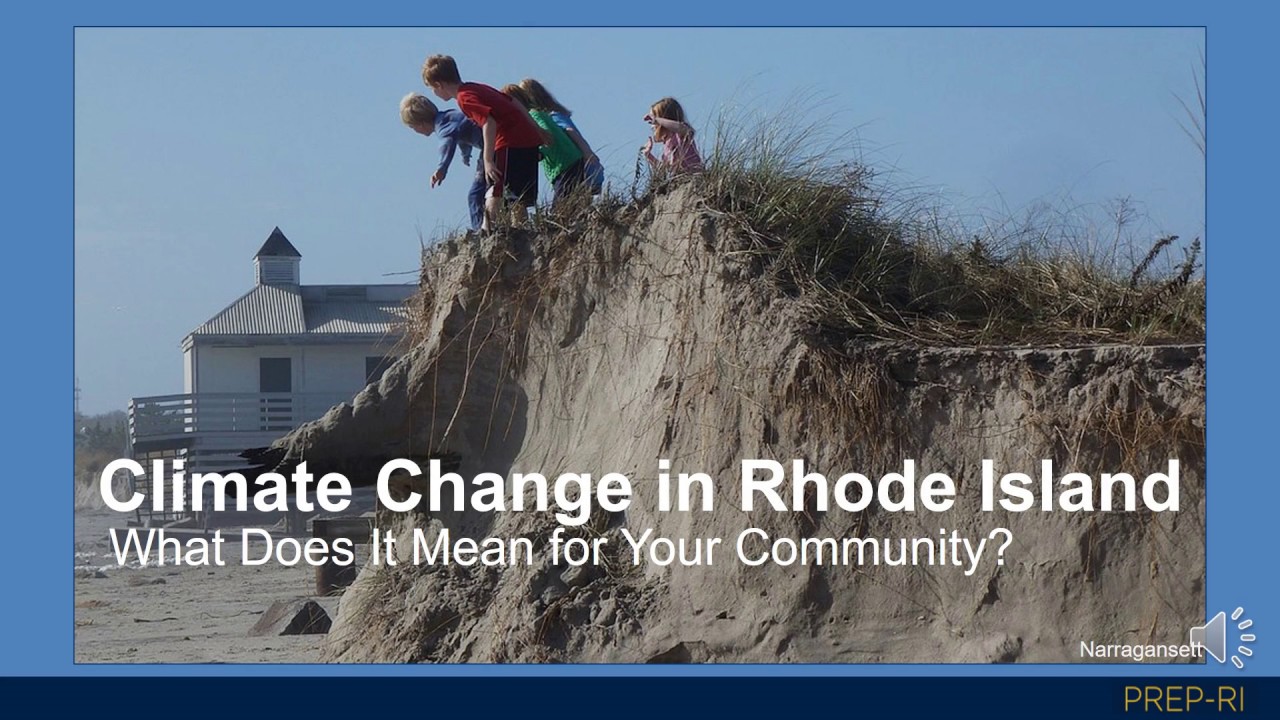Introduction: Weather patterns in Rhode Island
Rhode Island, the smallest state in the United States, experiences a diverse range of weather patterns throughout the year. Located in the New England region, the state enjoys a transitional climate, influenced by both the Atlantic Ocean and the continental interior. The weather in Rhode Island varies significantly from season to season, with distinct characteristics and conditions.
Winter weather in Rhode Island: Cold and snowy
During the winter months in Rhode Island, the climate turns cold and snowy. From December to February, temperatures often hover around freezing, with occasional dips into the 20s (°F). Snowfall is common, with an average of 30 inches of snow per year. Winter storms, fueled by the interaction of cold air masses and moisture from the ocean, can bring heavy snowfall and blizzard-like conditions.
Spring in Rhode Island: Transition to milder conditions
Spring in Rhode Island brings a transition from the cold, snowy winters to milder conditions. From March to May, temperatures gradually rise, with the average high reaching the 50s and 60s (°F) by May. However, spring is also characterized by an increased chance of rain showers, as warm air clashes with lingering cold fronts. This combination of precipitation and warming temperatures leads to the blooming of flowers and the vibrant greening of Rhode Island’s landscapes.
Summer climate in Rhode Island: Warm and humid
Rhode Island experiences warm and humid summers, which typically last from June to August. Average temperatures range from the 70s to the low 80s (°F), providing favorable conditions for outdoor activities and beach visits. However, the humidity can make the air feel even hotter, with occasional heatwaves pushing temperatures into the 90s (°F). The ocean breeze provides some relief from the heat, making coastal areas more comfortable compared to inland regions.
Autumn in Rhode Island: Mild temperatures and foliage
Autumn in Rhode Island is characterized by mild temperatures and stunning foliage. From September to November, the state experiences comfortable temperatures, with highs in the 60s and 70s (°F). The cool evenings contribute to the vibrant colors of the changing leaves, which attract numerous visitors seeking scenic drives and outdoor adventures. However, as autumn progresses, temperatures gradually cool, ushering in the arrival of winter.
Temperature fluctuations throughout the year in Rhode Island
Rhode Island’s temperature fluctuations throughout the year are influenced by its coastal location and proximity to the ocean. The moderating effect of the ocean helps to prevent extreme temperature swings. However, the state still experiences notable variations. Winters can be bitterly cold, with temperatures dropping well below freezing, while summers can be hot and humid, with occasional heatwaves pushing temperatures into the 90s (°F). Spring and autumn offer more moderate temperatures, transitioning between the extremes of winter and summer.
Precipitation patterns in Rhode Island: Rain and snowfall
Rhode Island experiences a moderate amount of precipitation throughout the year, with both rain and snowfall contributing to the state’s water resources. Rainfall is relatively evenly distributed across the seasons, although spring tends to see a slight increase in precipitation due to frontal systems and the interaction of warm and cold air masses. Snowfall, on the other hand, is most common during the winter months, with occasional significant snowstorms impacting the state.
Wind patterns in Rhode Island: Gusts and breezes
Rhode Island’s coastal location exposes it to various wind patterns throughout the year. In general, breezes from the ocean provide a refreshing and cooling effect during the hot summer months. However, strong gusts can be experienced during severe weather events, such as hurricanes or nor’easters. These powerful storms, characterized by strong winds, can cause significant damage to coastal areas and disrupt daily life.
Humidity levels in Rhode Island throughout the year
Rhode Island experiences varying levels of humidity throughout the year. Summers, particularly during heatwaves, can be accompanied by high humidity levels, making the air feel even hotter. However, the proximity to the ocean helps to moderate humidity to some extent, especially in coastal regions. In contrast, winters tend to have lower humidity levels, which can contribute to dry skin and discomfort.
Severe weather events in Rhode Island: Hurricanes and storms
Rhode Island is occasionally susceptible to severe weather events, such as hurricanes and powerful storms. The state’s coastal location puts it at risk of hurricane impacts, with the most notable being Hurricane Carol in 1954 and Hurricane Sandy in 2012. These storms can bring strong winds, heavy rainfall, and storm surges, causing significant damage to infrastructure and coastal areas. Additionally, nor’easters, intense winter storms that occur along the East Coast, can also produce similar impacts.
Microclimates in Rhode Island: Localized weather variations
Rhode Island exhibits microclimates, resulting in localized weather variations across the state. The coastal areas, influenced by the Atlantic Ocean, tend to have milder temperatures and more moderate weather conditions compared to inland regions. The presence of bays, estuaries, and coastal plains further contributes to variations in temperature and precipitation patterns. These microclimates create unique ecosystems and influence the suitability of different activities in different areas.
Climate change impact on Rhode Island’s weather patterns
Climate change has the potential to impact Rhode Island’s weather patterns in several ways. Rising global temperatures may lead to more frequent and intense heatwaves during the summer months. Additionally, increasing sea levels could result in more frequent coastal flooding and storm surge events, exacerbating the impacts of hurricanes and nor’easters. Changes in precipitation patterns, including more intense rainfalls and altered snowfall patterns, may also affect Rhode Island’s water resources and ecosystems. Understanding and adapting to these potential changes is crucial for the state’s future resilience.





